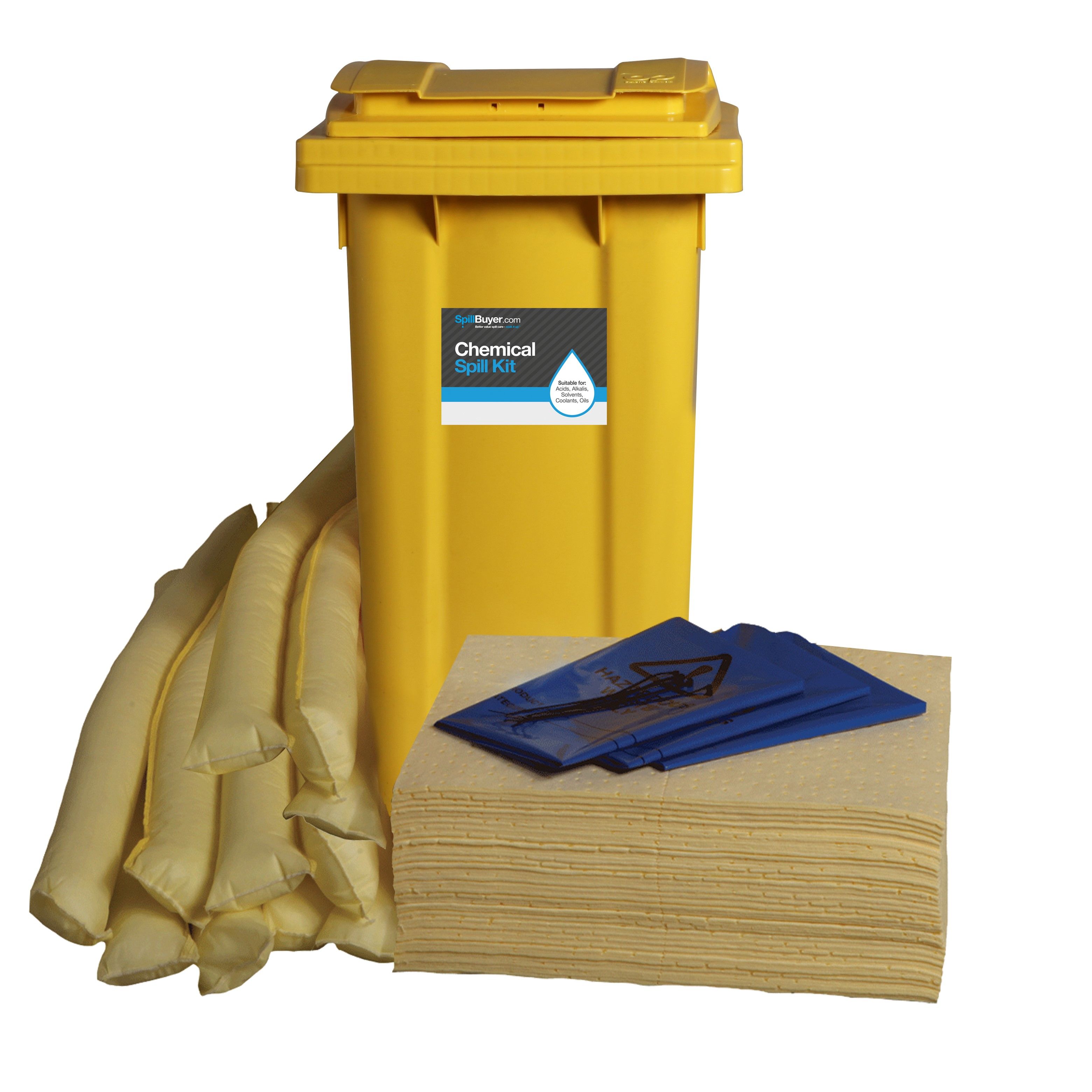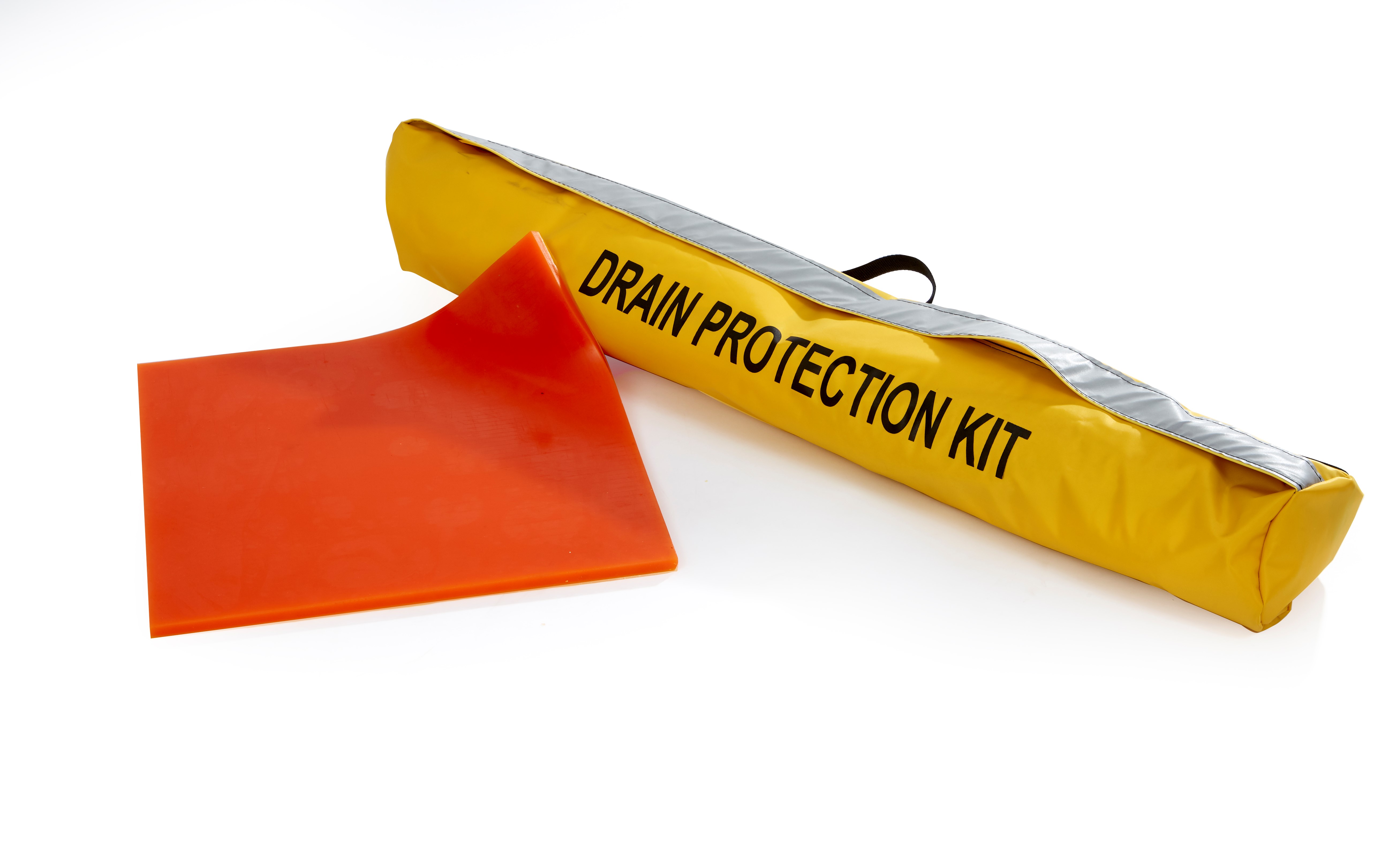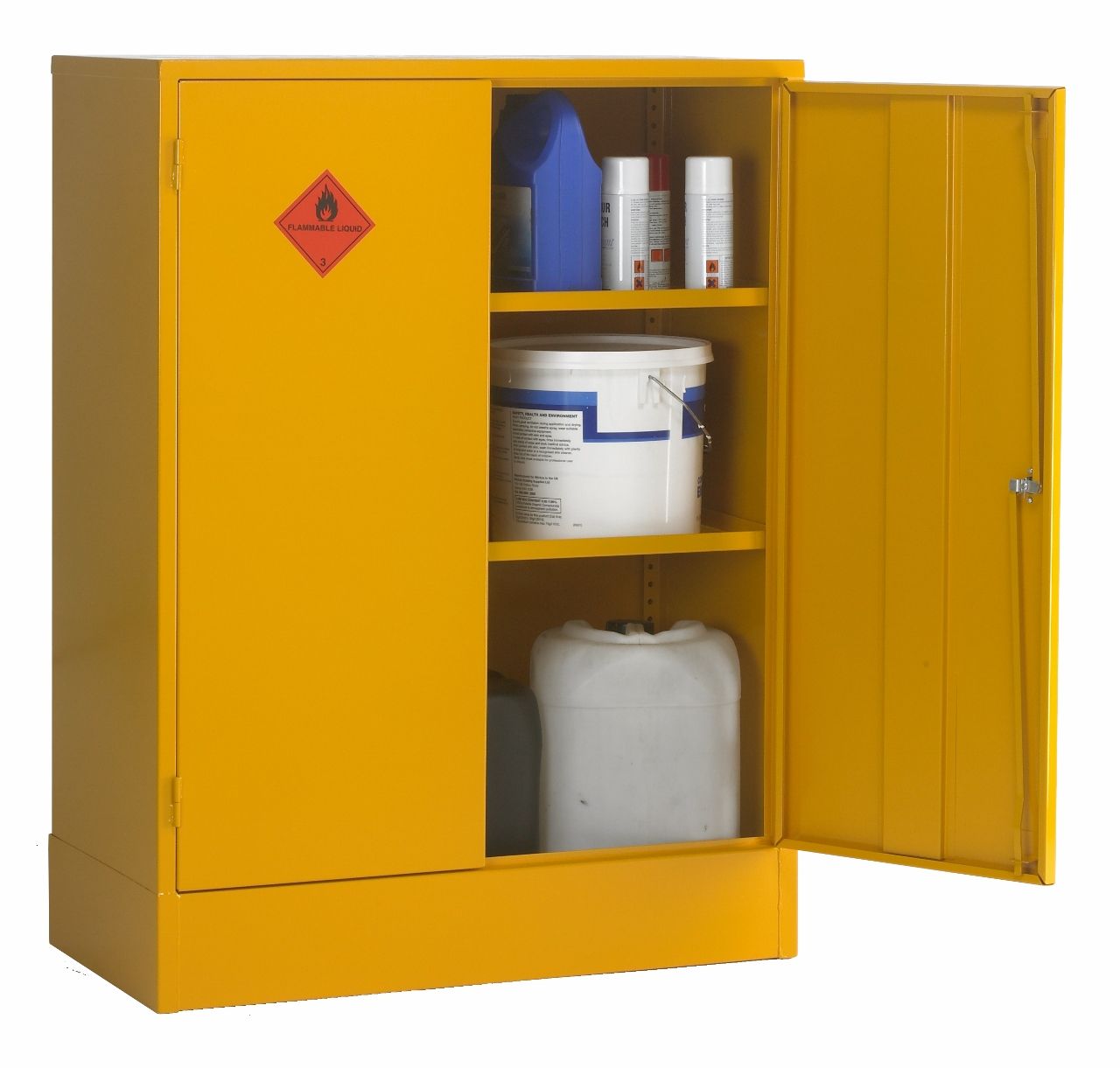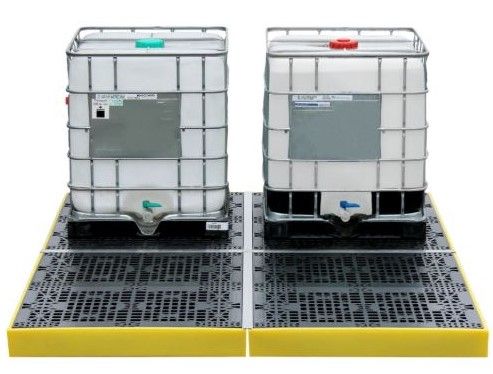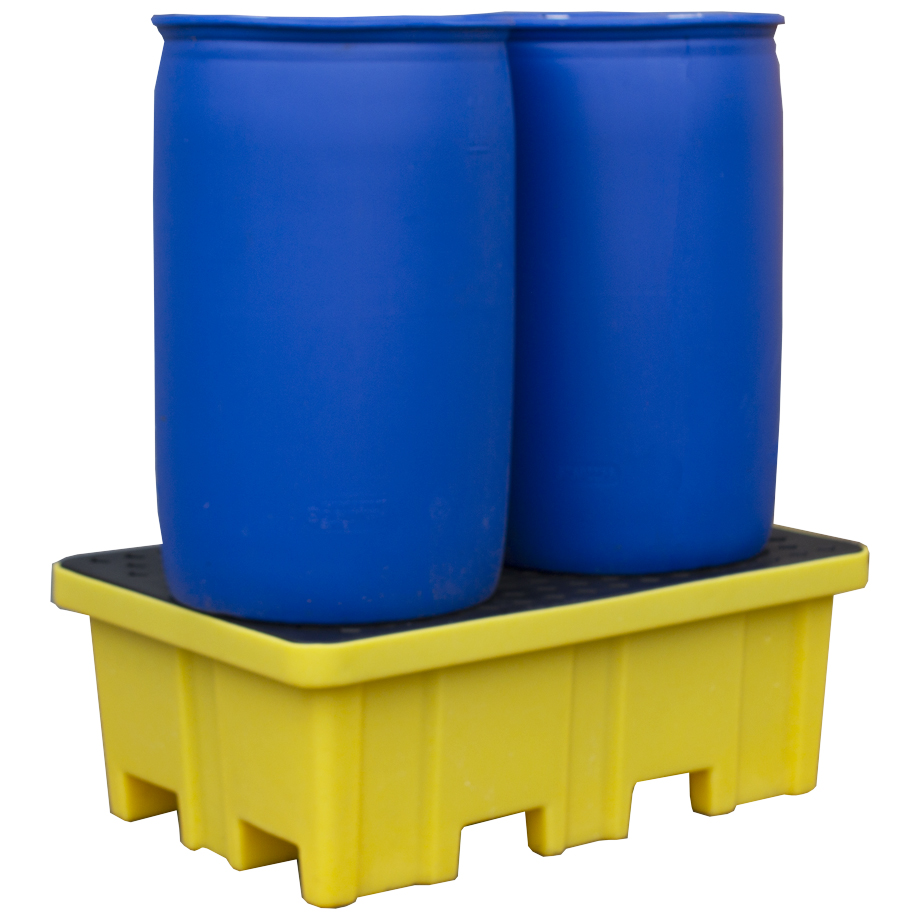Not only are safety signs required by law, but they are also used to convey threats and can serve as a reminder to follow certain instructions, such as using personal protective equipment (PPE).
Each type of safety sign has a different colour which is standardised according to the Health and Safety (Safety Signs and Signals) Regulations 1996. Mandatory signs are blue, prohibition and fire safety signs are red, warning signs are yellow, and first aid and emergency exit signs are green. The psychology behind these signs can symbolise safety, instruction or danger, depending on the colour.
Blue safety signs
Blue safety signs are mandatory signs that must be followed. These must always be blue and tend to have a white picture within a blue background. They tell the user what to do next and are used most commonly in the workplace. Standard mandatory safety signs notify employees to wear protective footwear, helmets or high-visibility jackets. These are most often found on construction sites. Some mandatory signs provide instructions, such as reporting to the site office.
Blue is not seen as a threatening colour, but does attract the eye. As mandatory signs have been blue since the law was set out in 1996, many people associate blue with instruction.
Red safety signs
Most people associate red with danger, which is why traffic lights and stop signs on the road use the colour red. Fire safety signs are usually red and can provide information on emergency escape routes. They are used in areas that are more susceptible to fire, to provide information.
Prohibition signs are also red and show that a certain act is prohibited. Red prohibition signs often have a black symbol on a white background with a red crossed circle, to show what item is prohibited. You may see these most commonly as no-smoking signs.
In psychology, red is a dangerous colour and usually means you should stop doing something. When it comes to signs that are vital for safety, red should be used to attract attention.
Yellow safety signs
When used in health and safety, a yellow sign shows a specific danger that could occur when using a certain substance, or within a certain area of a workplace. They indicate a danger or hazard and are often known as caution signs. They must always be yellow or amber and usually have a black symbol. Sometimes they also have a black border and text.
Common yellow safety signs indicate trip hazards, the danger of death, or high voltage. As well as the 1996 Safety Signs and Signals regulations, yellow safety signs can be required by the Dangerous Substances (Notification and Marking of Sites) Regulations 1990.
Yellow is a very eye-catching colour and is meant to highlight instruction or precautions. In psychology, yellow is the first colour that the human eye can notice, drawing immediate attention. Using yellow for hazards and warning signs makes them easier to see.
Green safety signs
Green is often seen as a welcome colour and one that symbolises safety. As with red, green is used on traffic lights across the world, to let you know when it is safe to go. Safety signs that are green are either first aid signs or emergency escapes. They indicate a safe place or a safe route to take. Green safety signs have a white symbol and/or text, with a green background, and are used to direct people or highlight an important feature.
Safety signs and employer responsibilities
As an employer, you must understand the safety signs and their colours, so you can use appropriate signs within your workplace. This is a legal requirement and can keep employees and pedestrians safe from harm. The safety signs that you require will depend on your workplace. For instance, offices tend to use green safety signs for marking fire exits.
Construction sites tend to have a lot of blue safety signs, which provide mandatory instructions like wearing PPE on site.
The Health and Safety Executive (HSE) states that employers must:
-
maintain and clean safety signs, so that the colours and symbols are always clearly visible
-
explain new signs to their employees, with information on how to follow them
-
ensure any road traffic safety signs are used, where required
A safety sign does not need to be used if it does not reduce risk or if the risk is not significant. You can do a workplace safety assessment to see if you need safety signs in your workplace. You can also find out more about safety signs and health and safety at work on the HSE website.
Find out more
To learn more about safety signs and how to use them in your workplace, take a look at our Ultimate Guide to Safety Signs and safety signage materials guide. You can also browse our range of safety signs online at SafetyBuyer, or call us on 0800 043 1061 if you have any questions.
 Over 12,000
Over 12,000  Simple no quibble
Simple no quibble  Prompt dispatch &
Prompt dispatch &  UK Mainland Delivery
UK Mainland Delivery 






